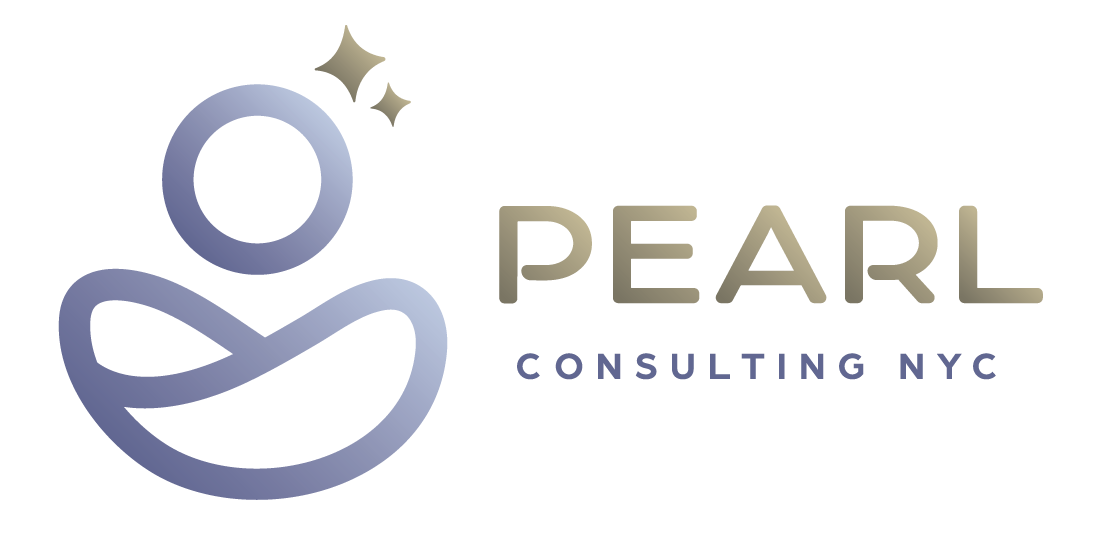The Art of Tone
Many years ago I worked as a part-time nanny for a friend. My charge was Kayla, a rather shy and cautious two-year-old. Once a friend of mine visited me while I was babysitting. As Kayla eyed her warily, my friend leaned over, put her face very close to the child’s, and shouted “HI THERE AREN’T YOU CUTE!”
Much crying ensued.
This was a failure in tone, which is, simply, how you express yourself in a particular situation. But tone isn’t just useful for befriending children; it’s also a powerful tool for business communication.
Use tone to enhance your brand voice
We’ve talked before about finding your brand voice, which conveys the overall personality of your business. You might be friendly or authoritative or humorous or snarky.
But the tone of that voice should change depending on what you’re saying and who you’re saying it to.
We do this all the time with our actual voices. Our tone might be friendly, or playful, or authoritative, or respectful, depending on whether we’re talking to a friend, a date, a co-worker, or a boss. You choose the tone that seems most appropriate in the context of the relationship.
Of course, on a website or in a newsletter you’re speaking not to an individual but to a faceless group of 10 or 50 or a thousand people. But you can still deduce who those people are and what they’re thinking.
The novel The Hitchhiker's Guide to the Galaxy features a galactic tour guide with a cover that reads, “DON’T PANIC.” This is a good use of tone. Tourists on unfamiliar planets are likely to be overwhelmed by all the strange foods, peculiar customs, and dangerous creatures. If you know your reader is nervous, a calm, confident tone can earn their trust and faith.
When writing content, ask these three questions:
Who will read this?
The first thing you need to consider is who will be reading your copy. If it’s your website, the homepage will get a wide mix of readers of varying interest levels. If they’re reading the FAQ for your business, on the other hand, they’re someone who is probably actively shopping for what you’re offering, or they’re already a customer. Someone reading a how-to article may just be looking for a straightforward solution to a specific problem and hoping they can resolve it on their own. If you’re sending a newsletter, you’re communicating with customers and those who have shown some degree of interest.
What will they be feeling?
What someone is reading on your website can help you deduce what they’re feeling. If they’re on the homepage they’re probably vaguely curious and wondering if you’re what they’re looking for. If they’ve traveled deeper into the site then they may be actively looking for a service or product you offer and are hoping you’re their best choice. If they’re looking for information on addressing a specific problem they’re likely to be worried about that problem and anxious to find an answer.
What do you want them to feel?
Content should always have the goal of creating a feeling in the reader. You can tailor your tone to create the feeling you want them to have. If they’re on the home page, you’ll want to heighten their hopeful curiosity with a touch of enthusiasm and friendliness. An FAQ can cement your professionalism with a tone of businesslike efficiency, while an authoritative tone in a how-to post can create an aura of authority and expertise.
Find the right tone for your brand voice
Keep in mind that these tone variations need to stay within your brand voice parameters. If your brand voice is giddily enthusiastic, then your version of “businesslike” or “friendly” will be different than a business whose brand voice is staid and serious. If you veer too far from your neutral brand voice then your tone might feel discordant, as though it was written by someone else.
With the right tone, you can turn idle curiosity into serious interest and persuade people that you’re uniquely positioned to help them. With the wrong tone, all you get is panicked babies.
If you need help communicating with the world in the right voice and with the right tone, drop us a line.



